Traduction générée automatiquement
Montrer le texte original
Montrer le texte traduit
Julius Seyler (born May 4, 1873 in Munich and died November 22 or November 24, 1958 in Munich) was a German painter and sportsman.As a child, Seyler was found on the ice rinks and also on the Kleinhesseloher See ice skating, in summer he was a rower and sailor on the lakes around Munich, he also devoted himself to landscape painting.When Seyler's father died in 1878, his mother moved with Julius and his sister from Memmingen to Munich to live with their brother, the bank manager and member of the state parliament, Gottfried August Christoph. During the school year 1883/84, Julius entered the Maximiliansgymnasium in Munich, moved to the Alte Realgymnasium in 1888 and left it in 1891. He showed talent with artistic and athletic skills. His uncle determined him to become an officer, but Seyler fled the cadet institute and from 1890 took private painting lessons from Ludwig Schmid-Reutte.In 1892, Julius Seyler became a pupil of Wilhelm von Diez at the Academy of Fine Arts in Munich, in 1898 he passed to Ludwig von Herterich and in 1900 to Heinrich von Zügel and took, among others. 1904, participated in his open-air studies in Wörth am Rhein. from 1899 he was in Diessen or Fischen am Ammersee, and around 1900 in Dachau. In 1900, Seyler began painting outdoors. from 1902, he went on study trips to the Netherlands and Belgium, including studies with Anton Mauve and Jacob Maris, in the Atlantic, Norway, Canada and the United States. In 1903 he moved into an apartment on Lake Ammersee, where he lived and painted until 1912. By this time, Seyler had made a name for himself in the art world and was seeking new challenges beyond the sport. Julius Seyler and the Black-footed Indian Jack Big Moon at Glacier Park Seyler first stayed in Paris in 1909. In Munich, the American of Norwegian origin, Helga Boeckmann, became his painting pupil. He traveled with her to the United States, where the wedding took place on July 30, 1910 in St. Paul, Minnesota. In 1912, the couple returned and settled in Munich. In 1913 Julius and Helga Seyler traveled to the United States again for the wedding of Helga's brother. During the family visit, the First World War breaks out. During and after the war, the couple lived in Balsam Lake, Wisconsin, from 1914 to 1921. Seyler ran a farm and befriended black-footed Indians in Montana. Much of his painting then dealt with the Blackfeet and their history.When Seyler returned to Munich in 1921, he was able to build on his earlier work in Germany. He was a painter of high productivity, the Bayerische Staatsgalerie bought his works and critics applauded. In 1922, the daughter Sigrid Ingeborg was born in Munich; In 1924, the appointment of Seyler as professor h. c. at the Munich Academy of Fine Arts. Seyler visited Paris and the south of France for the third time in 1927; In 1930/35, he stayed several times on the island of Sylt. In the early 1940s, he slowly began to go blind. The Second World War hit Seyler hard: in a bomb attack in 1943 his studio on Georgenstrasse in Munich was destroyed and in 1944 300 works were bombed and damaged. water infiltration in the Pinakothek. Seyler himself survived the war in Hirschau am Chiemsee. After returning to Munich in 1946, Seyler was hardly more productive due to his poor eyesight. Upon his death in 1955, Otto Dix made the death mask.
Julius Seyler (né le 4 mai 1873 à Munich et mort le 22 ou 24 novembre 1958 à Munich) était un peintre et sportif allemand.Enfant, on trouvait Seyler sur les patinoires et aussi sur le Kleinhesseloher See en patinage sur glace, en été il était rameur et marin sur les lacs autour de Munich, il se consacrait aussi à la peinture de paysage.Lorsque le père de Seyler meurt en 1878, sa mère déménage avec Julius et sa sœur de Memmingen à Munich pour vivre avec leur frère, le directeur de banque et membre du parlement du Land, Gottfried August Christoph. Pendant l'année scolaire 1883/84, Julius entre au Maximiliansgymnasium de Munich, passe au Alte Realgymnasium en 1888 et le quitte en 1891. Il a montré des talents artistiques et sportifs. Son oncle le détermine à devenir officier, mais Seyler s'enfuit de l'institut des cadets et, à partir de 1890, prend des cours particuliers de peinture avec Ludwig Schmid-Reutte.En 1892, Julius Seyler devient l'élève de Wilhelm von Diez à l'Académie des Beaux-Arts de Munich, en 1898 il passe à Ludwig von Herterich et en 1900 à Heinrich von Zügel et prend, entre autres. 1904, participe à ses études en plein air à Wörth am Rhein. A partir de 1899, il se trouve à Diessen ou Fischen am Ammersee, et vers 1900 à Dachau. En 1900, Seyler commence à peindre en plein air. à partir de 1902, il effectue des voyages d'étude aux Pays-Bas et en Belgique, notamment auprès d'Anton Mauve et de Jacob Maris, dans l'Atlantique, en Norvège, au Canada et aux États-Unis. En 1903, il s'installe dans un appartement au bord du lac Ammersee, où il vit et peint jusqu'en 1912. À cette époque, Seyler s'était fait un nom dans le monde de l'art et cherchait de nouveaux défis au-delà du sport. Julius Seyler et l'Indien à pieds noirs Jack Big Moon au parc Glacier Seyler a séjourné pour la première fois à Paris en 1909. À Munich, l'Américaine d'origine norvégienne, Helga Boeckmann, devient son élève en peinture. Il se rend avec elle aux États-Unis, où le mariage a lieu le 30 juillet 1910 à Saint-Paul, dans le Minnesota. En 1912, le couple revient et s'installe à Munich. En 1913, Julius et Helga Seyler se rendent à nouveau aux États-Unis pour le mariage du frère d'Helga. Pendant la visite de la famille, la Première Guerre mondiale éclate. Pendant et après la guerre, le couple vit à Balsam Lake, Wisconsin, de 1914 à 1921. Seyler exploite une ferme et se lie d'amitié avec des Indiens à pieds noirs dans le Montana. Une grande partie de sa peinture porte alors sur les Pieds Noirs et leur histoire.Lorsque Seyler retourne à Munich en 1921, il peut s'appuyer sur son travail antérieur en Allemagne. Il est un peintre très productif, la Bayerische Staatsgalerie achète ses œuvres et les critiques applaudissent. En 1922, sa fille Sigrid Ingeborg est née à Munich. En 1924, Seyler est nommé professeur h. c. à l'Académie des Beaux-Arts de Munich. En 1927, Seyler se rend pour la troisième fois à Paris et dans le sud de la France ; en 1930/35, il séjourne plusieurs fois sur l'île de Sylt. Au début des années 1940, il commence lentement à devenir aveugle. La Seconde Guerre mondiale a durement touché Seyler : lors d'un attentat à la bombe en 1943, son atelier de la Georgenstrasse à Munich a été détruit et en 1944, 300 œuvres ont été bombardées et endommagées. infiltration d'eau dans la Pinakothek. Seyler lui-même a survécu à la guerre à Hirschau am Chiemsee. Après son retour à Munich en 1946, Seyler n'était guère plus productif en raison de sa mauvaise vue. À sa mort en 1955, Otto Dix a réalisé le masque mortuaire.
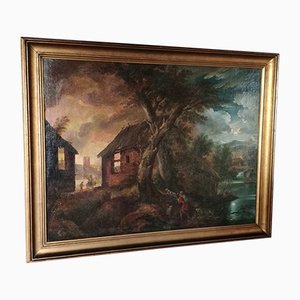
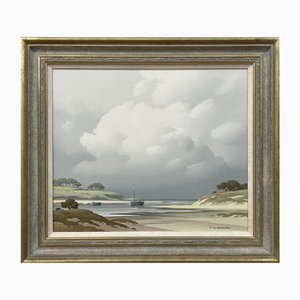

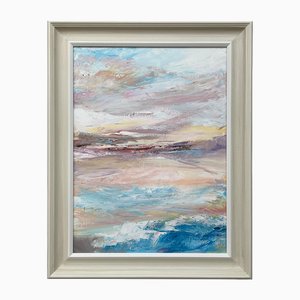
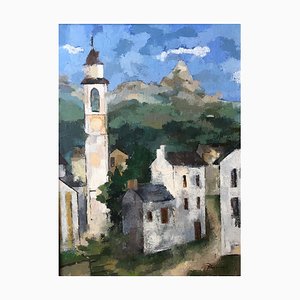
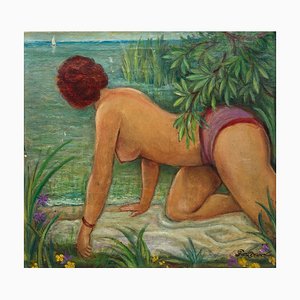


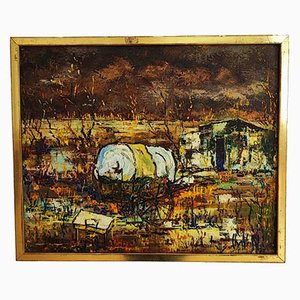
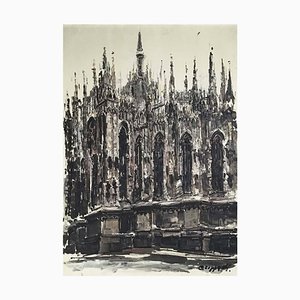

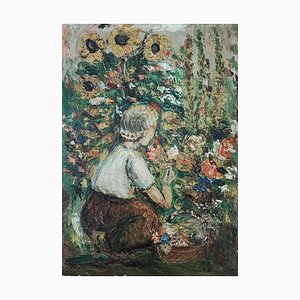
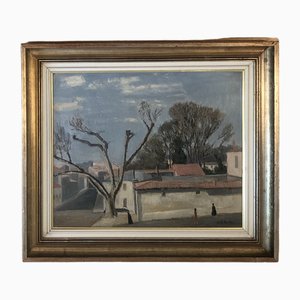


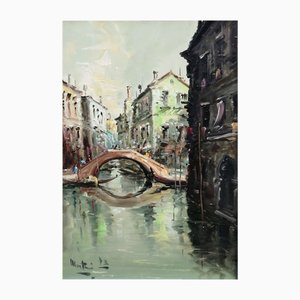
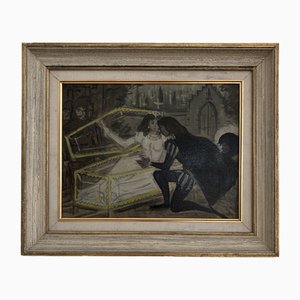

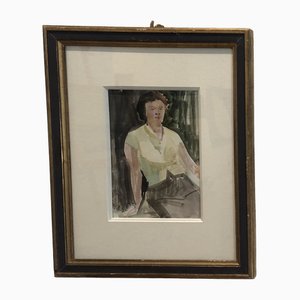

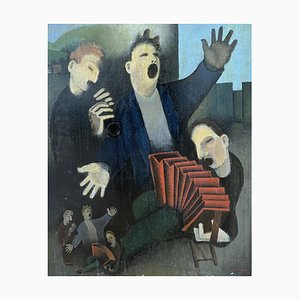
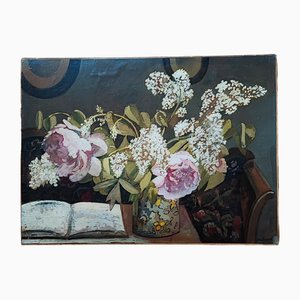
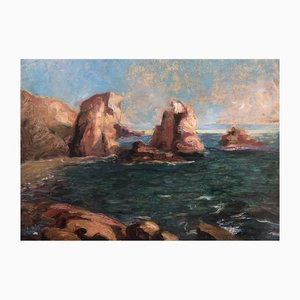
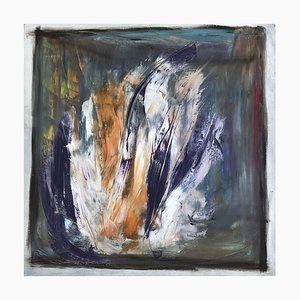
Contactez-nous
Faire une offre
Nous avons remarqué que vous êtes nouveau sur Pamono !
Veuillez accepter les Termes, Conditions et Politique de Confidentialité
Contactez-nous
Faire une offre
Vous y êtes presque!
Pour suivre votre conversation sur la plateforme, merci de compléter votre enregistrement Pour procéder avec votre offre sur la plateforme, veuillez compléter l’enregistrement.Envoyé!
Merci pour votre message, un membre de notre équipe vous contactera rapidemment
Si vous etes un professionnel du design, merci de vous inscrire ici pour pouvoir profiter de bénéfices exclusifs